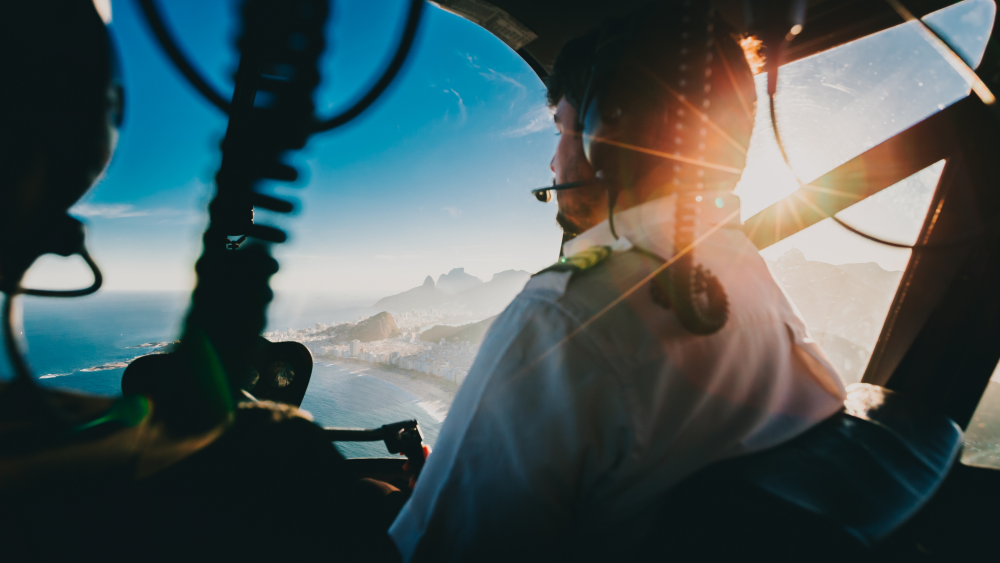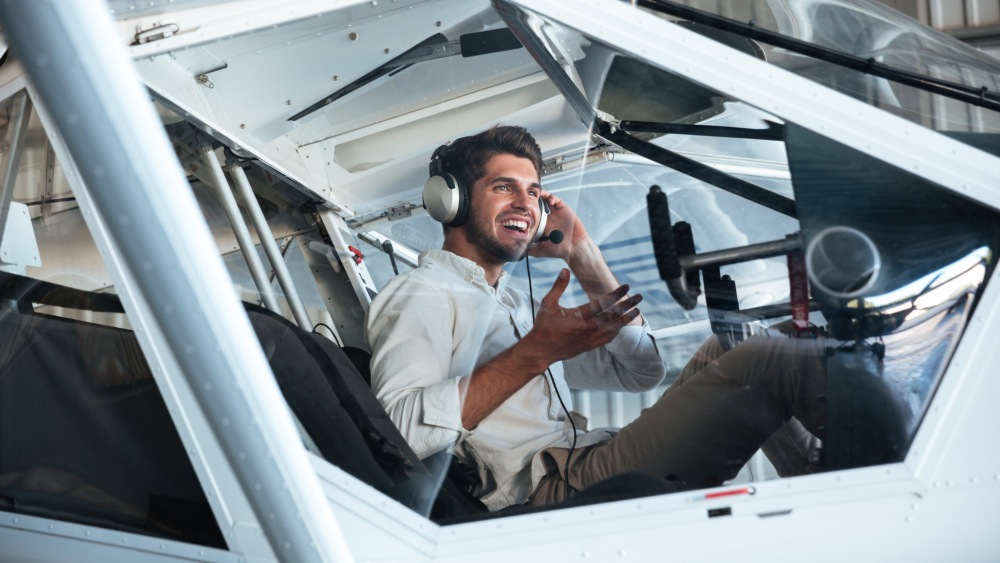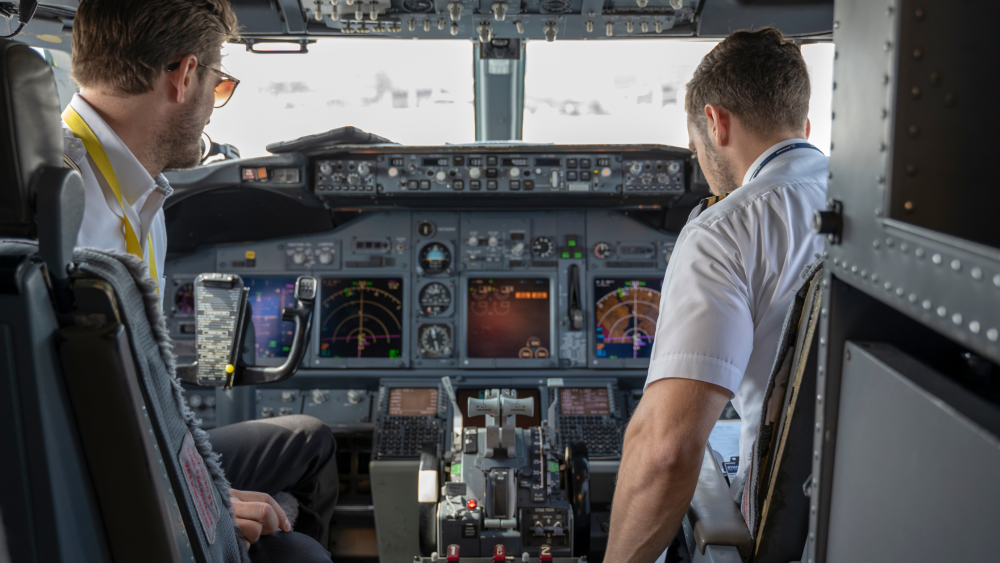Pilot, co-pilot, commander .. in the aeronautical world, ranks make the difference.
What is the difference actually between degrees, functions and roles?
The rank is a title that is awarded by the company. There are normally 4 types of ranks identified by the number of stripes on the sleeves of jackets or on the tubulars of shirts:
- one stripe is the pilot in training
- two stripes the co-pilot
- three stripes the senior co-pilot
- four stripes the commander
In some companies there are four stripes with a star indicating the "senior captain", an elegant way to define an "old commander".
Seriously, these ranks are based on experience and the type of business logic. Each company draws up a contract with its collaborators describing the assignments, seniority, recognition of experience, etc..; these factors are not comparable evaluations between one company and another, as it is also difficult to compare the world of single pilot aircraft with multi-pilot ones.
Technically, the flight instructor who teaches to fly on a Cessna 152 is to all intents and purposes, according to the navigation code, a commander ... but it is not the same commander who flies transoceanic with a B747.
In the world of helicopters it's the same thing: a commander of Robinson 22 is different from the commander of Superpuma. Without diminishing the figure of the commanders of "lighter vehicles", who civilly, criminally and morally have the same responsibilities as those who drive heavy vehicles, it makes a little smile to compare these figures.
We therefore leave to the individual professional the sensitivity in boasting the title he has.

Now we come to something even more interesting: functions.
The functions are linked to what is required by the airline for that specific flight:
a commander may be designated to be a co-pilot while retaining his title but a co-pilot cannot be designated to be a commander. On board there is always only one person in charge: the pilot-in-command, even if the other crew members (co-pilots, instructors, examiners, pilots in training ...) may have the rank of commander but in that flight they do not "exercise ". Who signs for that flight is the PIC (Pilot in Command) and no one else.
A student pilot who does not yet have qualifications, when he flies alone is the flight manager, so he is the Pilot in Command, the only case in which without a title you can be in command, even if the final responsibility falls on the instructor who approved the flight.

And finally there are the roles: who does what.
In the case of the roles, which is found only in multi-crew piloting, there are pilot flying and pilot monitoring (or rather, pilot not-flying).
The first, very briefly, is the one who has the controls in its hand (handwheel / joystick and engine throttles) and the second is the one who controls, navigates, communicates. Can a co-pilot be pilot flying? Absolutely yes. But the person in charge of the flight remains the Pilot in Comand, or rather the Commander.
In multi crew therefore there are different scenarios.
A commander can be: commander, pilot in command, pilot flying or pilot monitoring and in any case remains the person in charge of the flight, a co-pilot can be pilot flying but will not be the pilot in command, an instructor is always the pilot in command even if he flies with a commander.

RECAP
| rank | function | role | responsability |
|
Commander | Pilot in command | Pilot flying | Yes |
|
| Pilot in command | Pilot monitoring | Yes |
|
| Copilot | Pilot flying | No |
|
| Copilot | Pilot monitoring | No |
| Cpilot | Copilot | Pilot flying | No |
|
| Copilot | Pilot monitoring | No |
| Instructor | Pilot in command | Instructor | Yes |
| Student Pilot | Student | Pilot | No |
|
| Pilot in command | Pilot | Yes but shared with the instructor |
The three distinctions between rank, function and role are not trivial and are defined by the logic of responsibility and safety that each company proceeds with its own operating and training manuals.
It is very important for a professional to always be aware not only of the degree he has but also of the responsibility and above all of respect for the responsibilities of others.
With this new piece of "aeronautical culture" we obviously remain at your disposal if you want more information or if you are curious about it!
Happy landings!
esempi di as xml: xml serveResource con templateId (chiave)
esempi di as json: json serveResource con templateId (chiave)
esempi di as json e siteId: json serveResource con siteid